Understanding the Tattoo Process
09 September, 2022What’s it mean to be under the gun, and how does the tattoo artist get to the moment of your tattoo appointment? There’s a lot more to it than just picking up the tattoo machine and digging into your skin at the tattoo shop. A tattoo artist has to decide what kind of tattoo machine they will use, which needles are most appropriate, and what inks they will need.
Let’s look at all that goes into your new tattoo.
The Tattoo Machine
The machine used in the tattoo studio is called a tattoo machine. Simple as that. Some people know it as a tattoo gun — but this term has gone out of favor.
It comes in a few different forms, but essentially, it’s a few mechanisms that work in unison to mechanize the needle penetrating the skin with tattoo ink.
There are three main types of tattoo machines. They all accomplish the same task, but how they do it is different.
Rotary
The rotary machine was patented in 1891. This machine works with an electrical motor and a rotating piece with a pin.
The rounded end of a needle is attached to the pin. The pin is then electrically engaged, causing the wheel to rotate. That rotation is where it gets its name from. The circular motion of the pin causes an up and down vertical movement of the needle.
The movement of a rotary machine is softer than the coil machine. It is also quieter and doesn’t give off a strong buzzing sound. A rotary machine is preferred for shading and is easier to use than a coil machine.
Coil
In 1904, the coil machine was patented.
A coil machine is powered by electricity and magnets. Coil machines have two electromagnetic coils that kind of look like fat, short batteries.
The coil machine comes with a foot pedal. When the pedal is pressed, a current goes to the coils. The coils magnetize and pull down the magnet bar above, called an armature bar.
When that bar comes down, it loses contact with a contact screw. The contact screw is what completes the circuit. So when the bar comes down, it breaks the circuit, the coils lose their magnetism, and the bar bounces back up to meet the screw again, and the entire system repeats.
The needle is attached to the armature bar, resulting in an up and down needle motion like a hammer. It tends to have a stronger movement than a rotary machine. A coil machine is often preferable for line work.
The iconic tattoo buzzing sound comes from this machine.
Pneumatic
A pneumatic tattoo machine was patented in 2000.
It uses compressed air. Adjusting the pressure of the air controls the speed at which the machine moves the needles up and down.
A pneumatic creates the least amount of noise and is the most lightweight of the three machine types. You don’t see artists using pneumatics as much because they are more expensive than the other machines and simply not a fan favorite. That’s not to say they aren’t a useful or good choice—just far from being popular.
Which Machine Will Your Tattoo Artist Use?
Your tattoo artist will use the machine they are most comfortable with. Most experienced artists know how to use the coil and rotary machine and might switch between them depending on what your tattoo design requires.
Stroke Length
Stroke length is how far a needle moves up and down. It’s determined by how the machine is built. Why does stroke length matter? The longer the stroke length, the slower the machine. The shorter the stroke length, the faster the machine.
A shorter stroke length means less distance to travel and a faster machine—vice versa for a machine with a longer stroke length.
A short stroke length is usually about 1.8-2.5mm. A shorter stroke length is better for shading. The machine goes faster, and the needle doesn’t go as deep into your skin, so the artist will be able to shade and layer the ink. A faster stroke means the needle penetrates your skin at a higher rate.
A longer stroke length is about 4.0mm or more. It is better for line work and accuracy. It delivers more ink in a single stroke and is harder, so you can use larger needles with a longer stroke machine. A longer stroke length means the needle penetrates your skin slower.
Anything between these two sizes is best for color packing (packing in a bunch of colored ink).
Tattoo Needles
There are many different kinds of tattoo needles. Have you ever been to a professional art store and seen the variety of paintbrushes available? The same goes for tattoo needles.
The basic breakdown is like this: A needle is not just one needle. It's a grouping of needles in a particular shape. The shape of this bundle changes, and the number of needles changes.
Some needles are better for fine-line work, some are better for color packing, and some are better for shading. All needles used in your tattoo should go through sterilization and be single-use.
Choosing a Needle
Line work needles look more like sewing needles. There are a few needles soldered close together in a round shape. These needle arrangements create clean lines. They are good for lettering and fine-line work as well. The more needles in the bundle, the more ink is deposited.
Shading needles look like a paintbrush. More individual needles make up this needle arrangement and are in a line like the hairs of a paintbrush.
These are good for shading areas as they require fewer needle passes and deposit a medium amount of ink depending on how many needles are involved.
The size of needles that make up an arrangement is called a gauge. An 8-gauge is 0.25mm in diameter, while a 12-gauge is 0.35mm in diameter.
The needle count (the number of needle pins making up an arrangement) uses a number as a reference.
For example, your artist might choose an 8-gauge 03 Round Liner to do fine line work on your tattoo. That’s a tightly packed needle arrangement of three 0.25mm needle pins.
For a tattoo area where you need an even coat of a lot of color pigment, your artist may choose a 12-gauge 27 Magnum Shader. That’s a paintbrush-looking arrangement of 27 0.35mm needle pins.
When your artist prepares for your tattoo session, they will already have a good idea of what needles they will need for different parts of the tattoo, so they will add them to their work area ahead of time. These needles are like their paintbrushes.
Tattoo Ink
Tattoo inks use two different components. One is the pigment, and the other is the carrier. The pigment is what gives your ink its color. The carrier is what keeps your ink properly mixed and free of bacteria.
Tattoo inks are unregulated. Each company will make its pigment with different ingredients. They can use metal salts, organic chemicals, carbon, calcium, soot, and whatever else. The carriers they use are similar to the carriers you’d find in your soaps and skincare products.
The most important thing to know about ink is if you are allergic to any possible ingredients in ink. You know, it’s one thing to have an allergen touch you; it’s a whole other thing to get that allergen permanently deposited under your skin.
So chat with a dermatologist and your tattooist before proceeding if you have any known allergies or worries. Another ink used in the process is that of the stencil.
Stencils are made using special violet ink in specific printers. Ask your artist what ink they use for their stencils if you are concerned about allergic reactions.
Tattoo Healing Process
The first couple of healing days after you get your tattoo will be the most sensitive days and require extra care. The blood clots and scabs form in the first few days.
After the third day to the end of the second week, your tattooed skin will be closing up. The scabs will get harder, and the skin will get flaky. You’ll probably experience most of your itching during that first or second week.
Then by the third or fourth week, the scabs will start falling off, and your tattoo will become a closed wound. Meaning your tattoo will still be healing below the surface of the skin, but on the surface, it has finished healing and closed itself off from bacteria.
Overall it takes about three to four months for a tattoo to heal and look the way you imagined. It may look healed before those three or four months, but the skin below is still healing around the ink, so make sure you use lotion and moisturizer.
The All in All
This guide is just a basic breakdown of a few components of making a tattoo. Machine tattooing has a learning curve to it. There are different tattooing machines to choose from, a slew of needles, and ink to be considered.
How an artist makes their choices will depend on the logistics of the tattoo and who taught them. The artist takes tattoo placement, whether it is a touch-up or full appointment, and whether or not it is your first tattoo.
No matter how you get tattooed, it’s important to take care during the healing process and follow your artist’s aftercare instructions.
Sources:
What's Edison Got to Do with Tattoos? | Lemelson Center for the Study of Invention and Innovation
Tattoos & Permanent Makeup: Fact Sheet | FDA
Complete Guide On Tattoo Machine Stroke | Tattooing 101
Pigments in American Tattoo Inks and Their Propensity to Elicit Allergic Contact Dermatitis
Try risk-free & save with the Essential Sets


Daily Defense Set


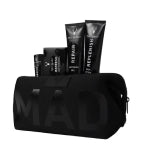

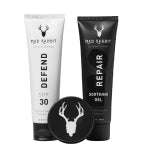
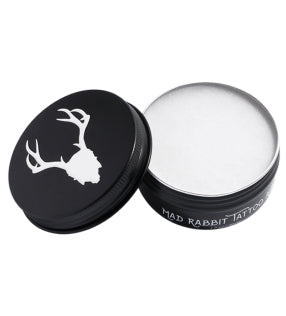
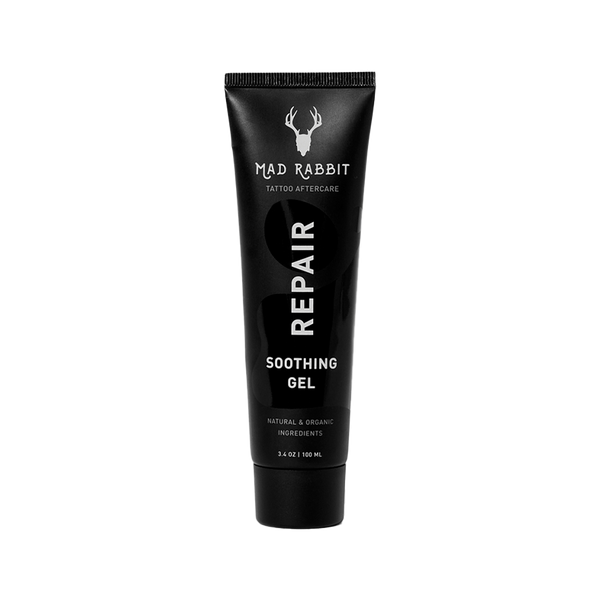
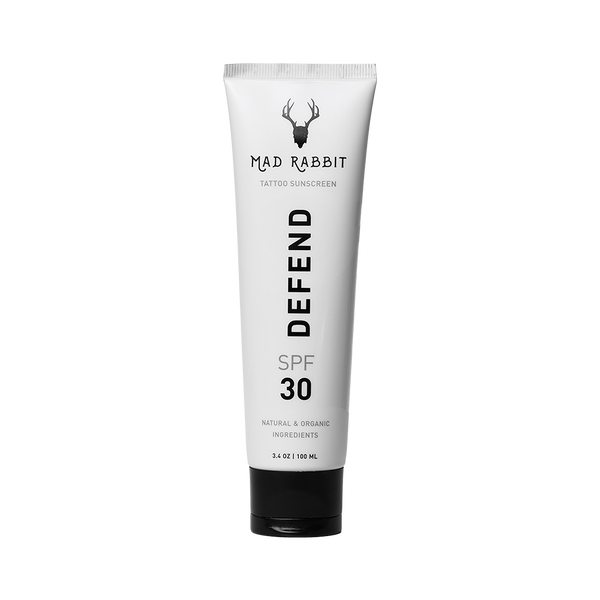
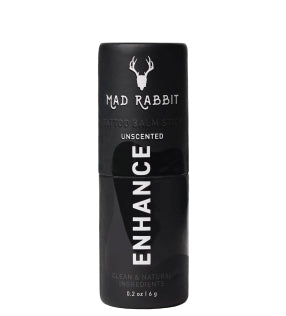
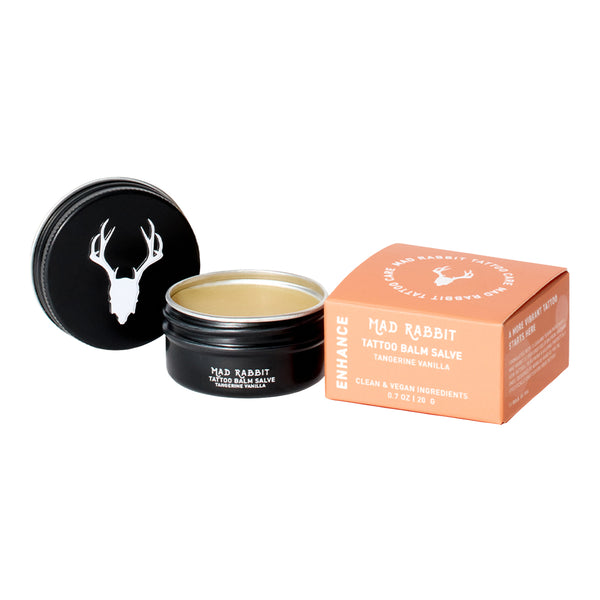
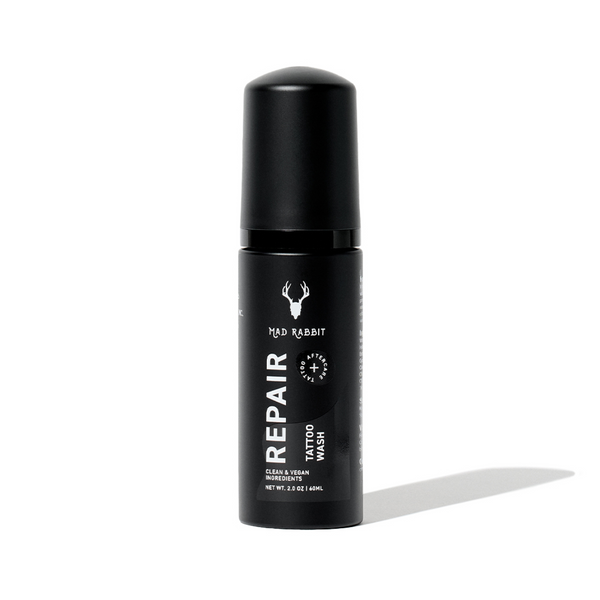
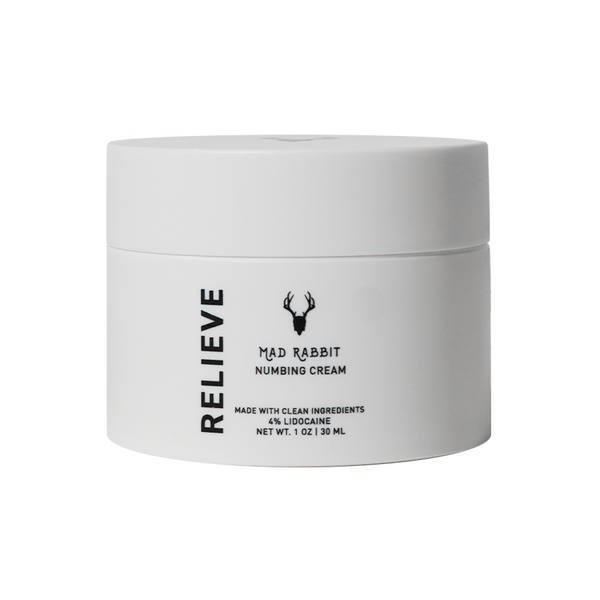
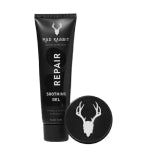
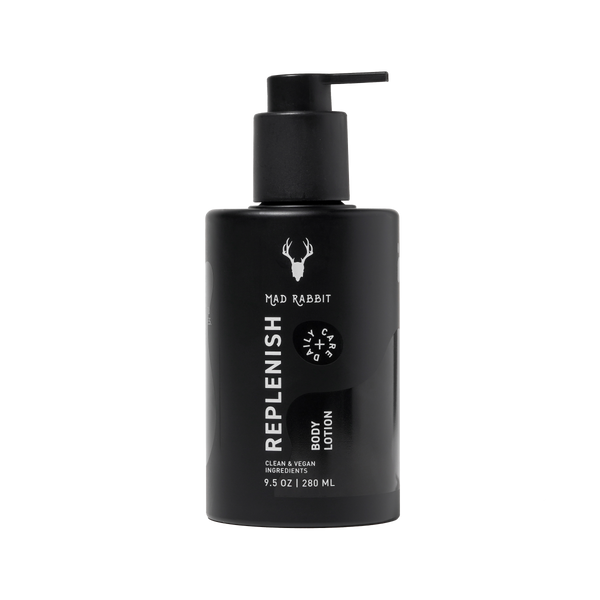
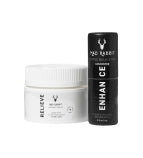
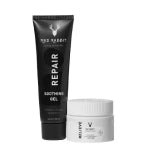
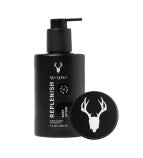
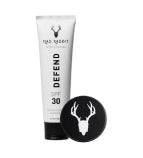
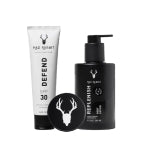
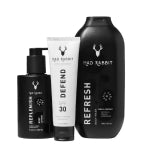
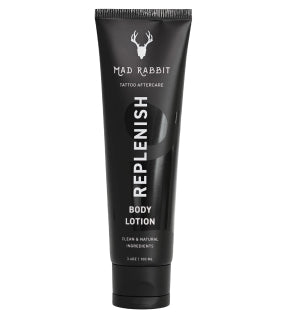
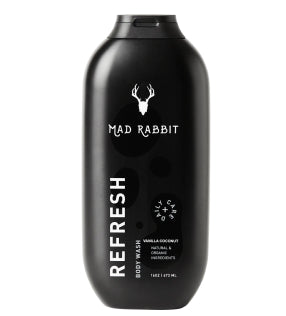
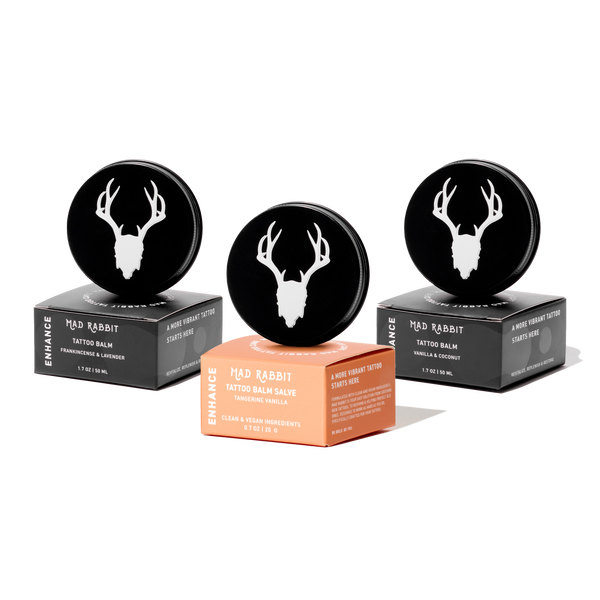
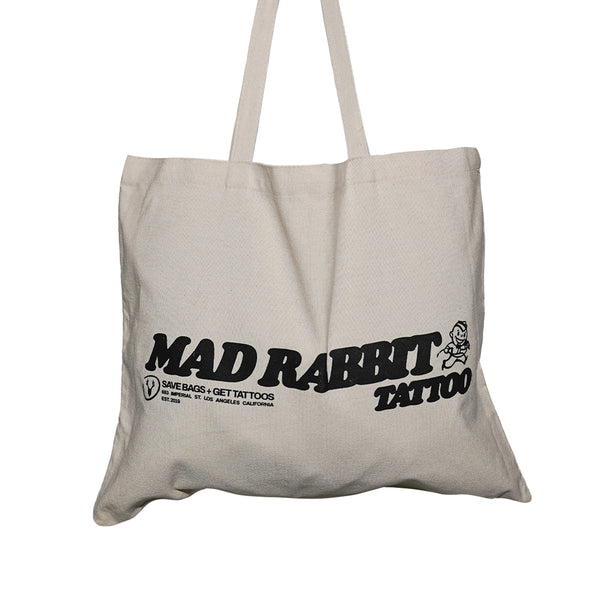
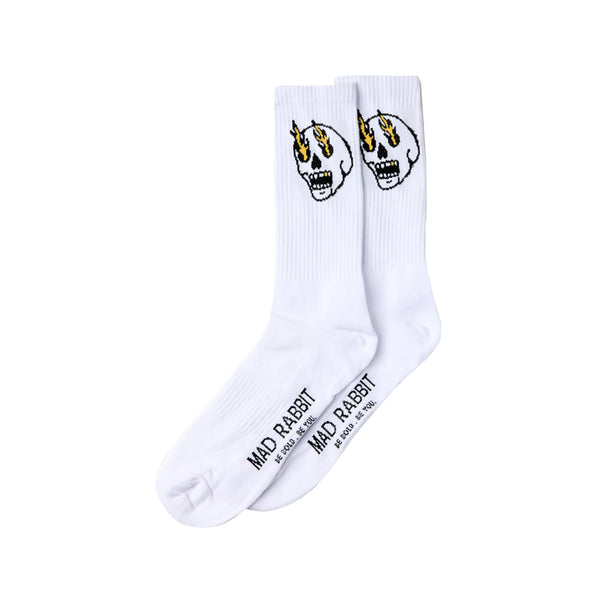

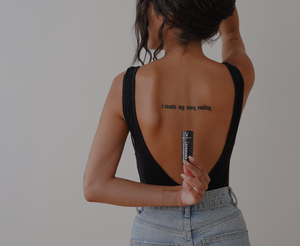
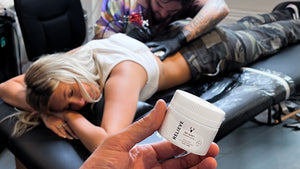
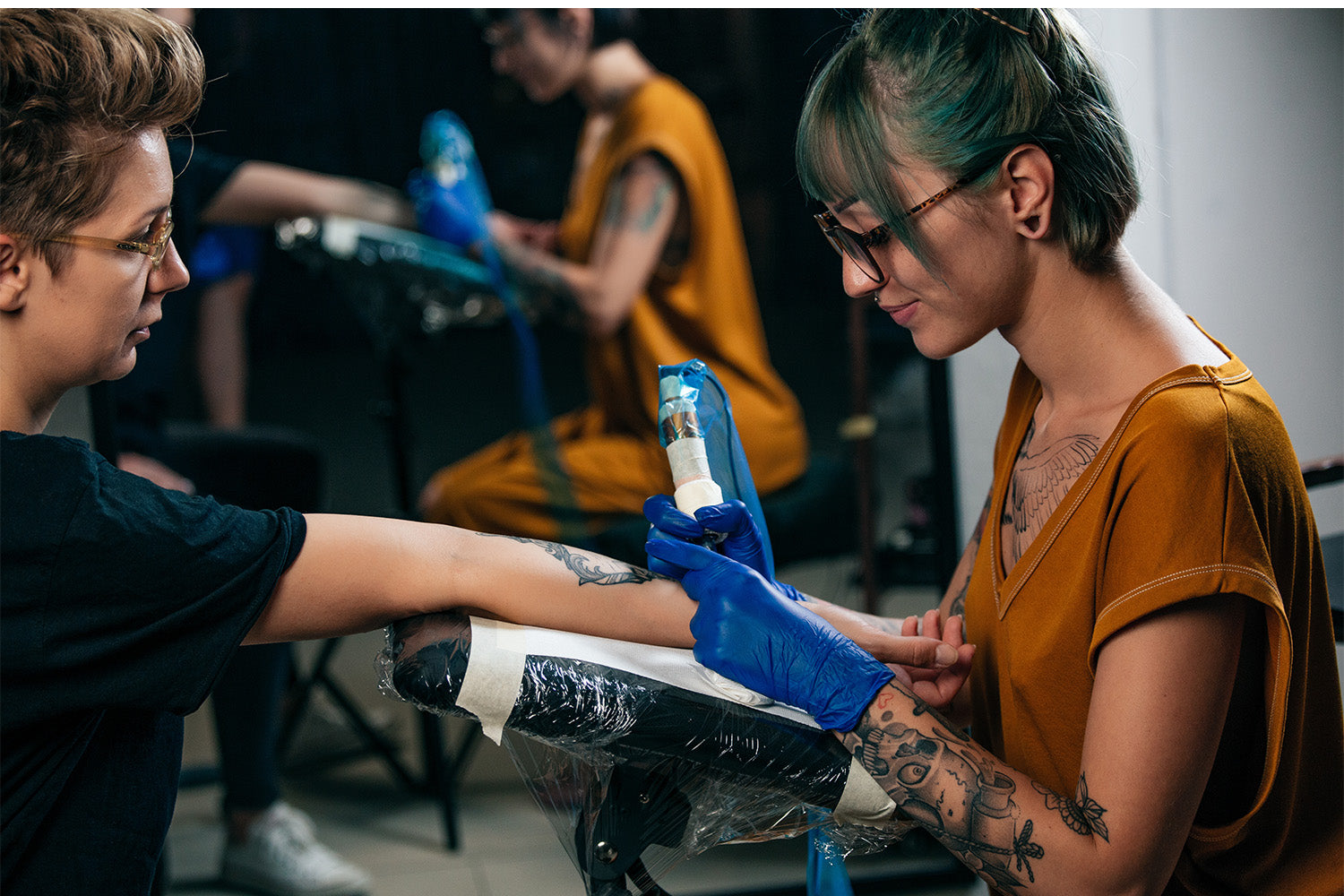
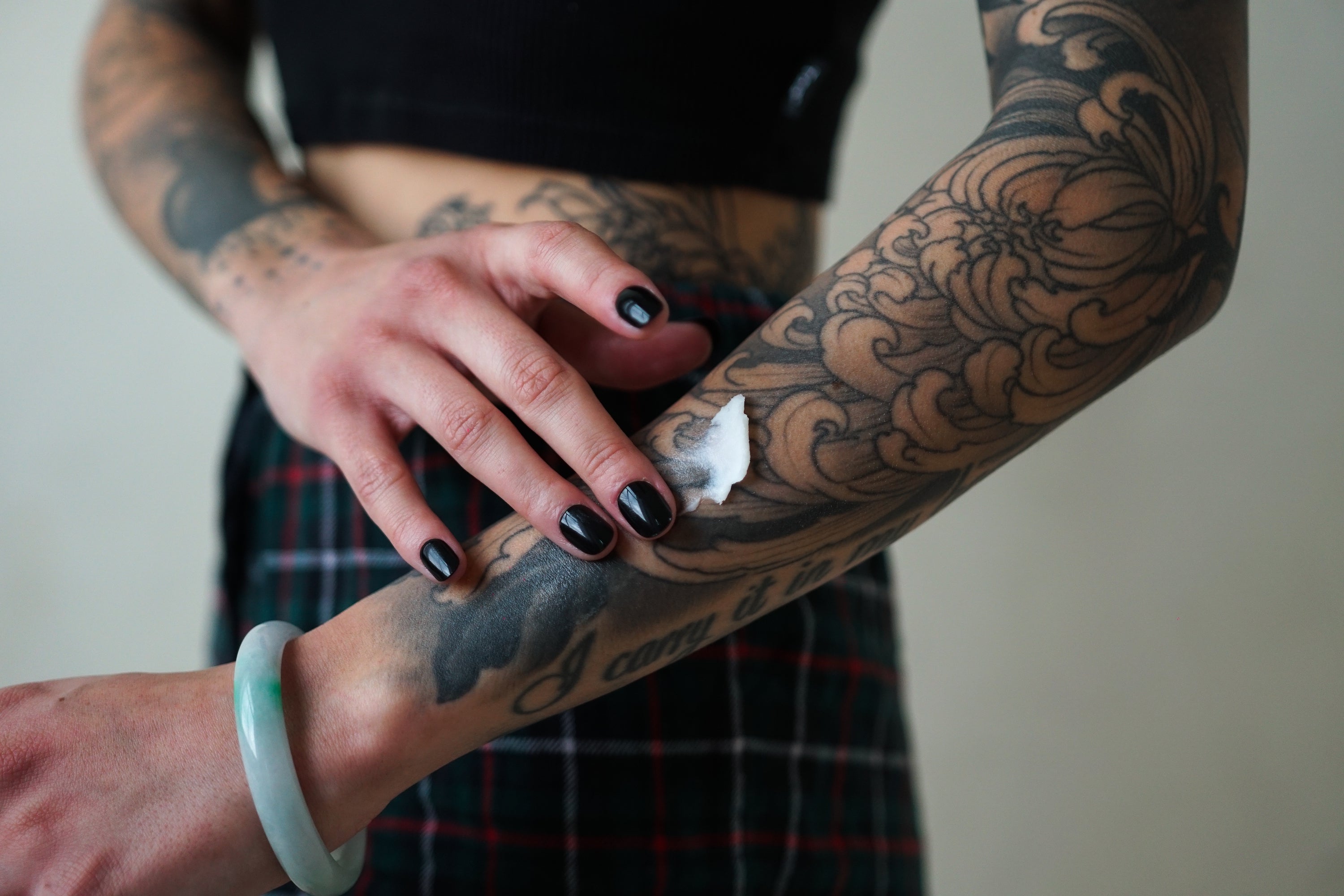
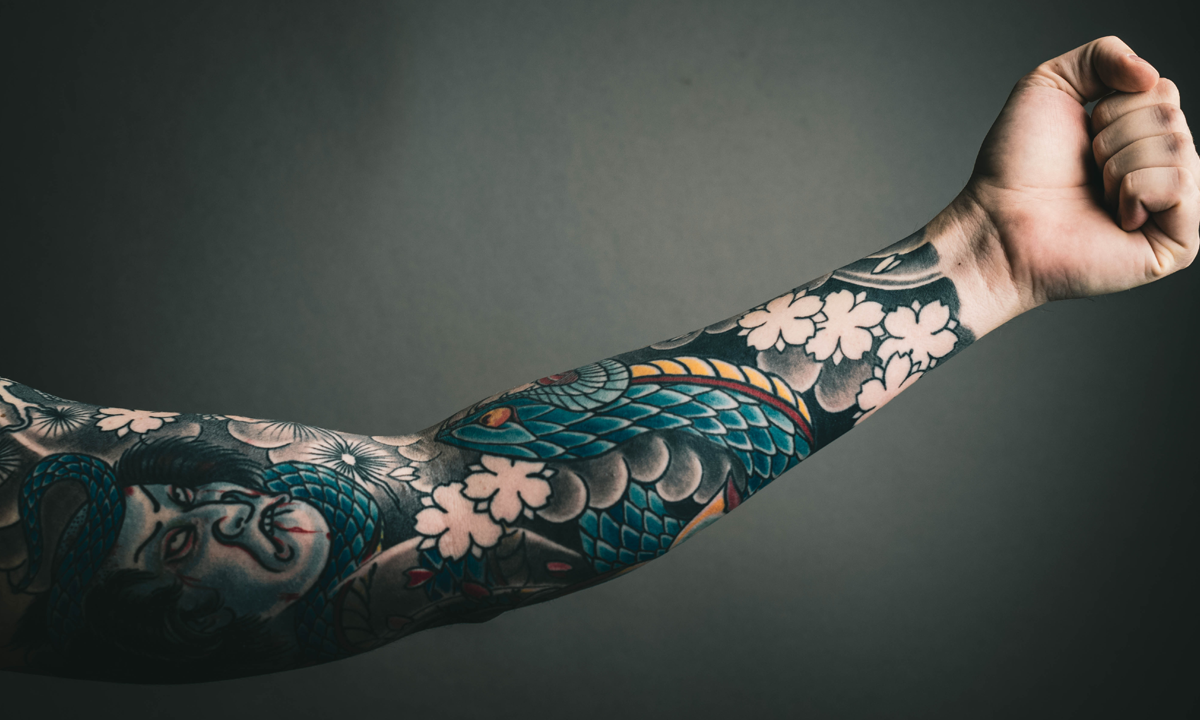
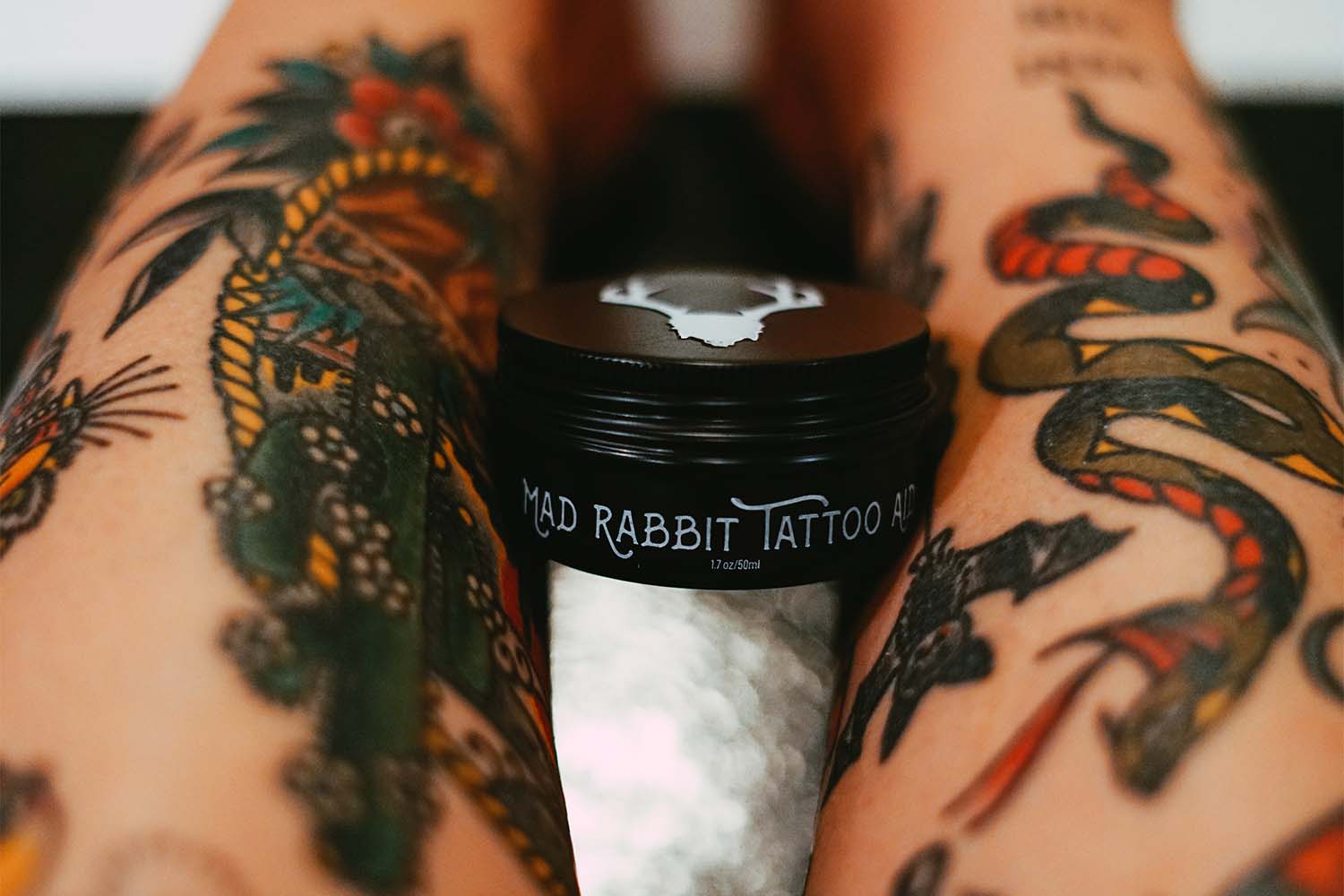
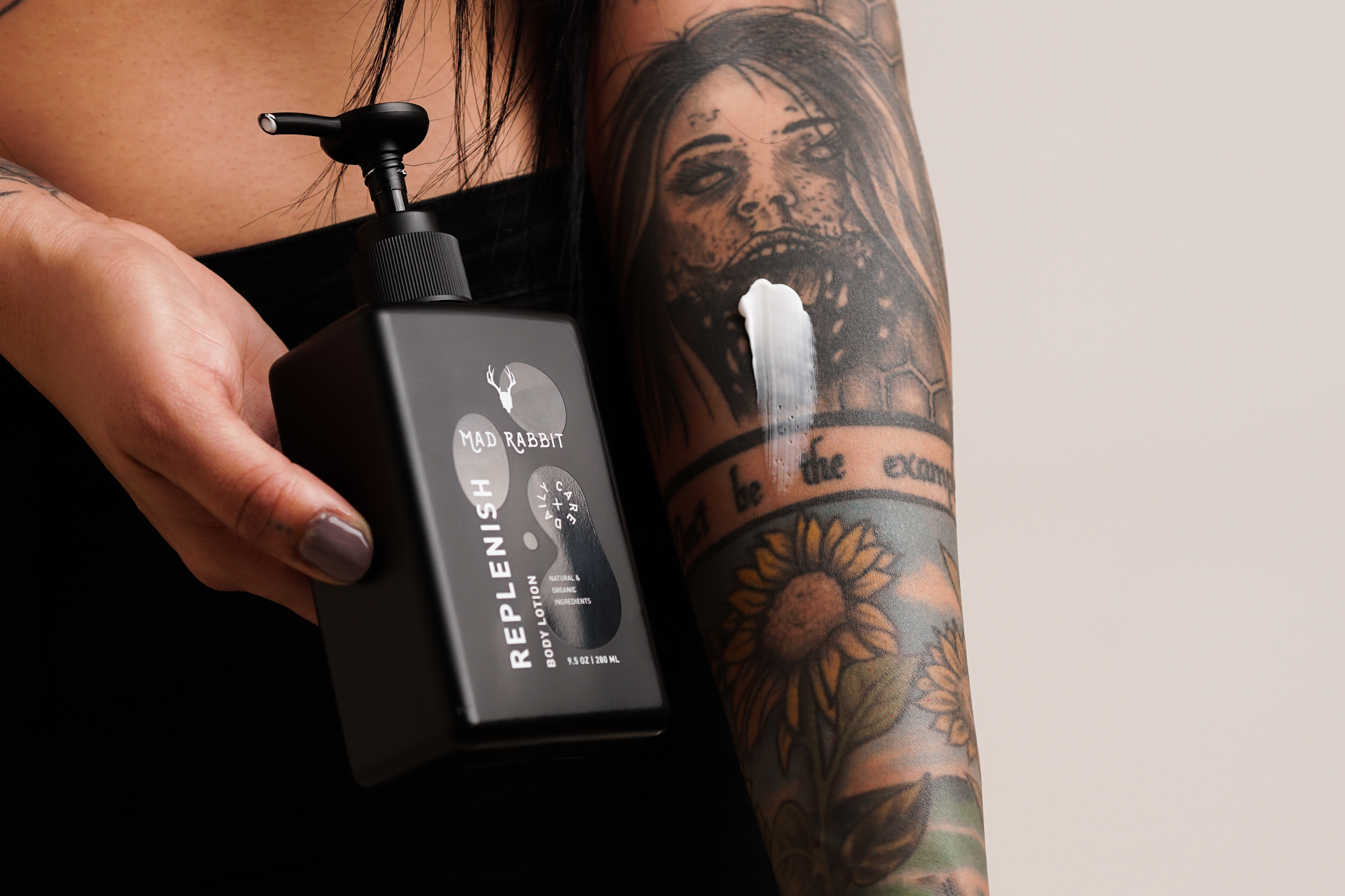
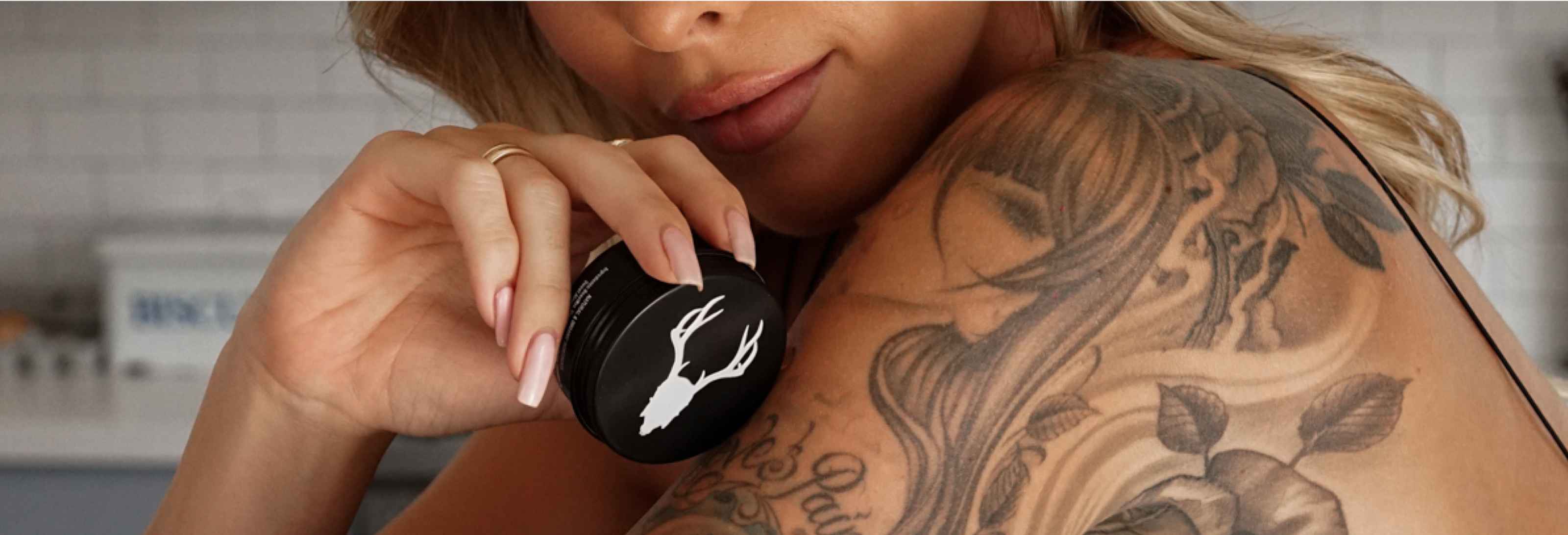
Join the discussion